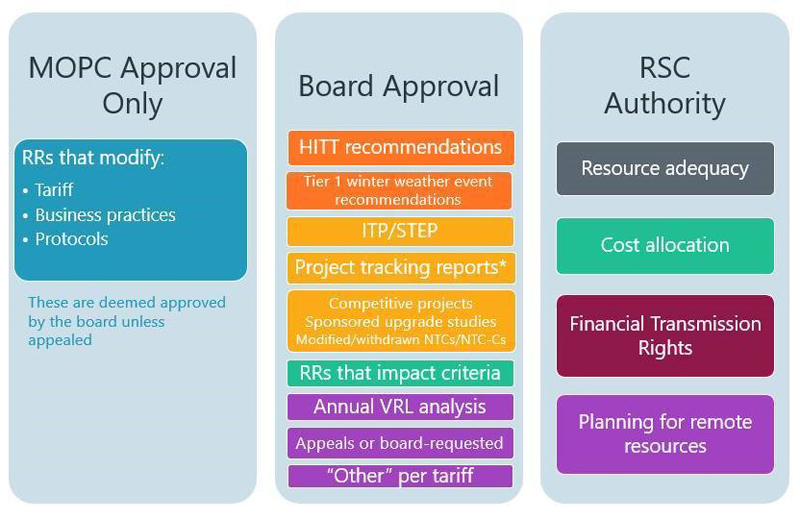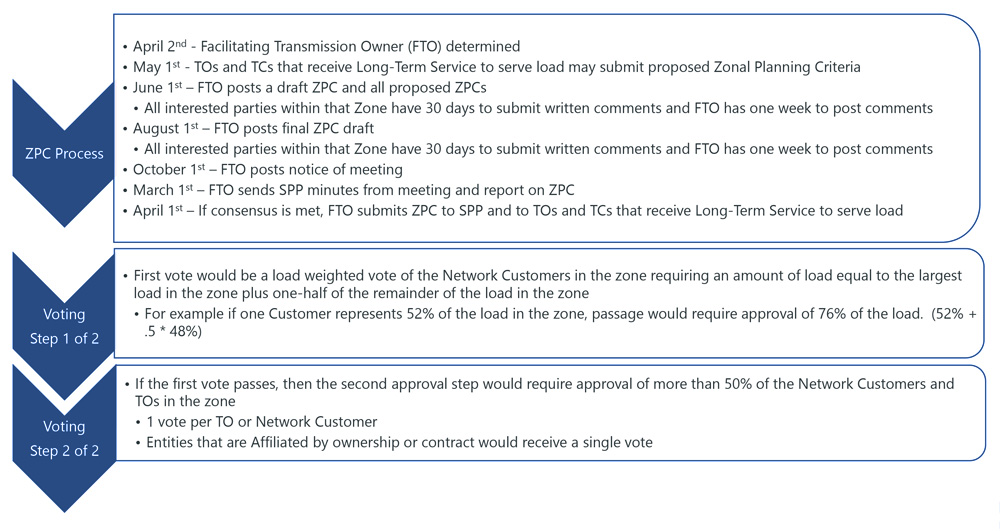Below is a summary of the issues scheduled to be brought to a vote at the PJM Markets and Reliability Committee and Members Committee meetings Wednesday. Each item is listed by agenda number, description and projected time of discussion, followed by a summary of the issue and links to prior coverage in RTO Insider.
RTO Insider will be covering the discussions and votes. See next Tuesday’s newsletter for a full report.
Markets and Reliability Committee
Consent Agenda (9:15-9:20)
B. Stakeholders will be asked to endorse proposed revisions to Manual 38: Operations Planning resulting from a periodic review. The revisions were endorsed at the Jan. 13 Operating Committee meeting. (See “Manual 38 Revisions Endorsed,” PJM Operating Committee Briefs: Jan. 13, 2022.)
Endorsements (9:20-11:25)
1. Enhancements to Dead Bus Replacement Logic (9:20-9:35)
The committee will be asked to endorse proposed revisions to Manual 11: Energy and Ancillary Services Market Operations addressing enhancements to the dead bus replacement logic for assigning prices to de-energized pricing nodes. PJM said the revisions are intended to provide increased transparency in the logic and how it performs replacements for de-energized buses. (See “De-energized Bus Replacement Revisions Endorsed,” PJM MIC Briefs: Jan. 12, 2022.)
2. Fuel-cost Policy Standards and Schedule 2 Penalties (9:35-9:50)
Members will be asked to endorse the proposed solution and corresponding revisions to Manual 15: Cost Development Guidelines and the Operating Agreement addressing clarifications to fuel-cost policy standards and Schedule 2 penalty revisions. PJM said the proposal includes a combination of clarifications and language for more elaboration on fuel-cost policies resulting from the RTO’s examination of the fallout from the February winter storm in Texas and other parts of the South and Midwest. (See “Fuel-cost Policy Standards Proposal Endorsed,” PJM MIC Briefs: Dec. 1, 2021.)
3. Regulation for Virtual Combined Cycles (9:50-10:10)
Stakeholders will be asked to endorse the proposed solution and corresponding revisions to Manual 12: Balancing Operations addressing regulation for virtual combined cycles. The proposal from Vistra was originally endorsed at the Market Implementation Committee meeting in December. (See “Virtual Combined Cycles Regulation Endorsed,” PJM MIC Briefs: Dec. 1, 2021.)
4. Resource Adequacy Senior Task Force Issue Charge (10:10-11)
The committee will be asked to approve a proposed updated issue charge for the Resource Adequacy Senior Task Force. The task force was first approved at the October MRC meeting. (See “Resource Adequacy Charter Approved,” PJM MRC MC Briefs: Oct. 20, 2021.)
5. Max Emergency Correction for Gas CTs (11-11:25)
Members will be asked to endorse an issue charge and proposed revisions to Manual 13: Emergency Operations addressing a temporary change to the maximum emergency requirements for gas combustion turbines. According to PJM, the Illinois Clean Energy Jobs Act restricts the number of run hours for gas CTs in the state. To manage near-term reliability concerns, PJM is recommending a temporary change to the maximum emergency provisions in Manual 13 for CTs to expire April 1. (See “Illinois Energy Transition Act Update,” PJM Operating Committee Briefs: Jan. 13, 2022.)
Members Committee
Consent Agenda (1:25-1:30)
B. Stakeholders will be asked to endorse proposed tariff and Operating Agreement revisions addressing various aspects of market participation by solar-battery hybrid resources. The revisions were unanimously endorsed at the Dec. 15 MRC meeting. (See “Solar-battery Hybrid Resources Endorsed,” PJM MRC/MC Briefs: Dec. 15, 2021.)
C. Members will be asked to endorse proposed tariff and OA revisions addressing synchronous reserve deployment. The proposal, which was developed from discussions in the Synchronized Reserve Deployment Task Force (SRDTF), is meant to improve the deployment of synchronized reserves during a spin event. (See “Synchronous Reserve Endorsed,” PJM MRC/MC Briefs: Dec. 15, 2021.)
Endorsements (1:30-1:50)
1. Sector Selection Challenge Process (1:30-1:50)
The committee will be asked to approve the proposed OA revisions to the sector challenge process. Several stakeholders questioned the proposal at the December MC meeting regarding the way members can be challenged on their chosen sectors in PJM. (See “Sector Selection Challenge Process,” PJM MRC/MC Briefs: Dec. 15, 2021.)




